Finding Spirituality Through A Flower
By Liz Taggart
Most early mornings, with shafts of light warming the still cool air, with bare feet and a steaming mug of coffee in hand, my two white fluffy Bichons, Saatchi and Hoshi trotting alongside me, I take a walkabout around my farm, Amba Farms in Bedford, New York. It’s an intentional walk, to observe what’s growing, what’s blooming, what’s ripening, what needs special attention. Every morning brings that constant, the certainty of change and I’m always eager to see what’s happened overnight.
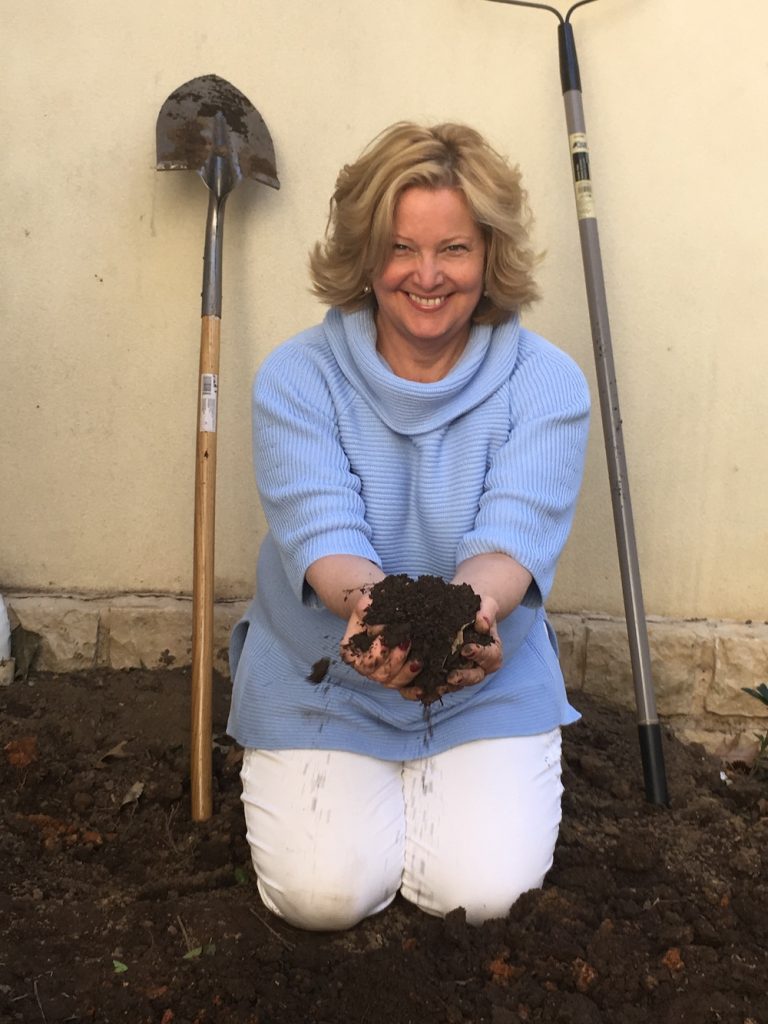
Flowers – Remember Our Spiritual Source
I take in deep breaths of the fresh, earthy herby air. I touch the leaves and run my hands along the ribbed long fat stems of sunflowers. I’ll watch the sapphire spires of anise hyssop shake and bend as hundreds of bees and other winged insects draw sweet nectar for breakfast. I watch a cloud of goldfinches rise up from that same bed of hyssop, and every time, that’s magic for me. I listen to the calls of dozens of varieties of birds who now call Amba Farms home. I’ll bend over and sip the dew collected in the cups of different flowers – roses, campanulas, and sometimes Bells of Ireland!
And of course, I stop and smell the different flowers in bloom – the delicate plum blossoms of early spring, the spicy peonies and sweet peas, the luscious fragrances of summer roses and gardenias, the savory chrysanthemum of autumn -the seasonal lists include hundreds of delightful invitations of fragrant flowers.
How Farming And Gardening Can Be Deeply Spiritual
While I know that farming and walking about my farm are certainly not religious, I can promise you it’s deeply spiritual. I’ve learned a simple “working” definition of spiritual, one that I carry with me almost all the time. I have a “knowing” that I’m living life, all those crazy vicissitudes of change and challenge, within a deep understanding that it’s all a part of a larger, benefic whole, and that whole is more than the sum of all of the parts. Gardening and growing have ineffably established this reality in my being. We live within an extraordinary interconnected web of intelligence, symbiosis, and dare I say, joy, which informs and animates all of life, whether human, animal, plant, microbial or elemental.
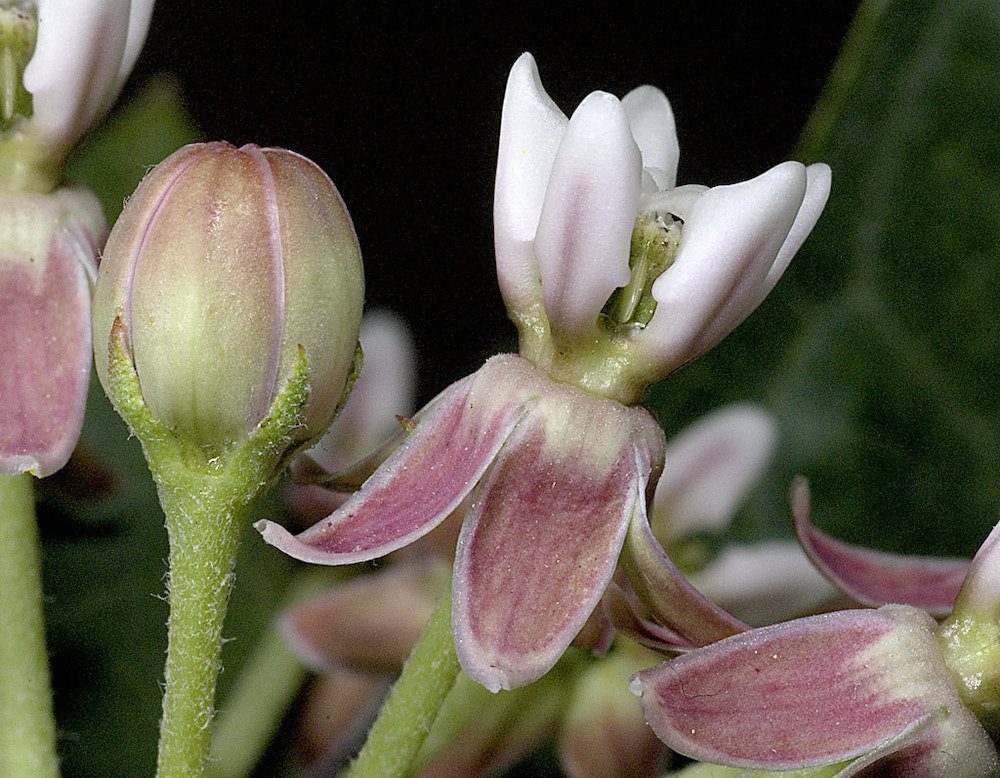
The Unique Features Of Flowers
For example, the four main parts of most flowers, the sepals, petals, stamen and pistil, are all there and accounted for, and while each is vital to the purpose of the flower and to future seeds of the plants, most of us are simply taken in by incredible wholeness of a lovely rose, its impossibly soft petals and heavenly fragrance.
Let’s take a look at a few other examples of this organizing intelligence at work in flowers.

The Hollowness Of Seeds
So many spiritual readings correlate to this center of the seed. In the bible, it’s the mustard seed; in the ancient Vedas, it the banyan seed. The beginning that contains the whole.
But in the seed’s encasement, is a hollowness. It appears that there is nothingness from that hollowness. Yet all the intelligence emerges to grow beautiful flowers and other life-saving essentials.
And it all comes from what seems like a hollowness. Because it is in the emptiness that everything grows out of within us. All of our thoughts come from a silence from within us and thoughts lead to action. Our essential inner nature is a field of intelligence and energy.
That’s what our being is and our life unfolds from that – like the hollowness of a seed.
It is interesting that you find in so many religious texts references to a seed. It’s in the Christan Judeo bible, Hindu scriptures. The Bagdaveda. Everything emerges from a supposed nothingness.
Yet it is the nothingness that holds the memory and intelligence of how the structure is supposed to grow and what it eventually becomes. Spirituality is accessing the energy of what seems like a hollowness inside yet is the source for all wisdom and insight.
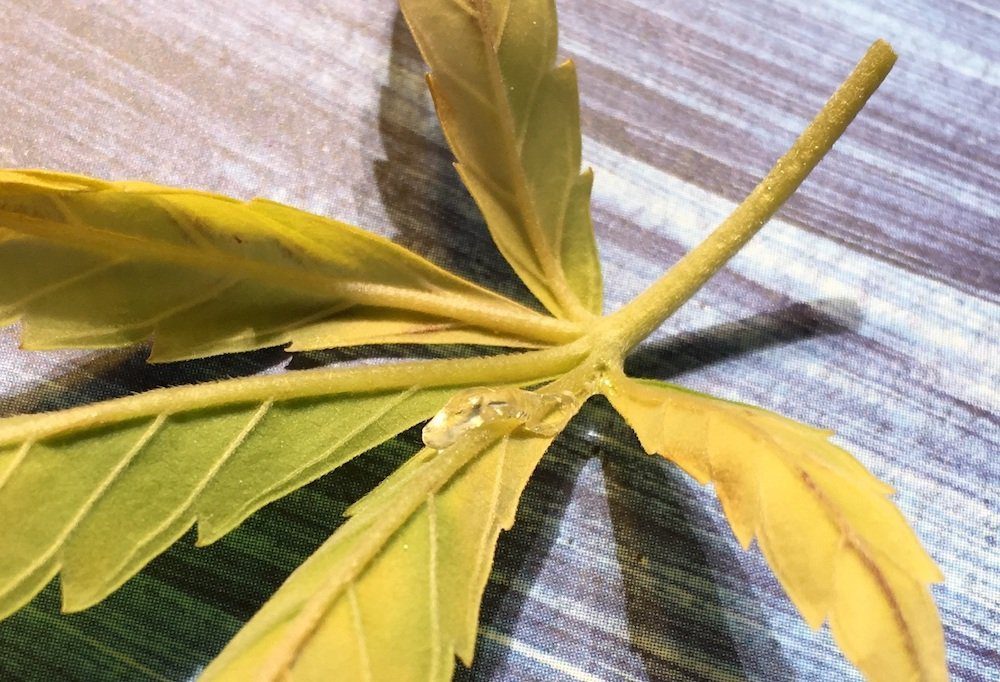
Organizing Intelligence Within Colorless Sap
We’ve all noticed that when we cut a flower stem from its plant, a drop of colorless sap quickly forms at the base of the stem. And we know that sap runs up the plant delivering nutrition and information to all aspects of the flower. Contained within that colorless sap is the discriminating intelligence to form leaves at intervals along the stem, to form thorns, or bristles, and to establish buds. Within each bud are the nascent patterns which organize to bloom into a specific flower, with its sepals, petals, stamen and pistil, which can then be fertilized and develop seeds for the next generation of the plant.
All of these distinctions of the plant and cycles of its growth are carried through the organizing intelligence within the colorless sap. The sap carries the knowledge of the whole plant, while simultaneously culturing the full potential of each of its parts.
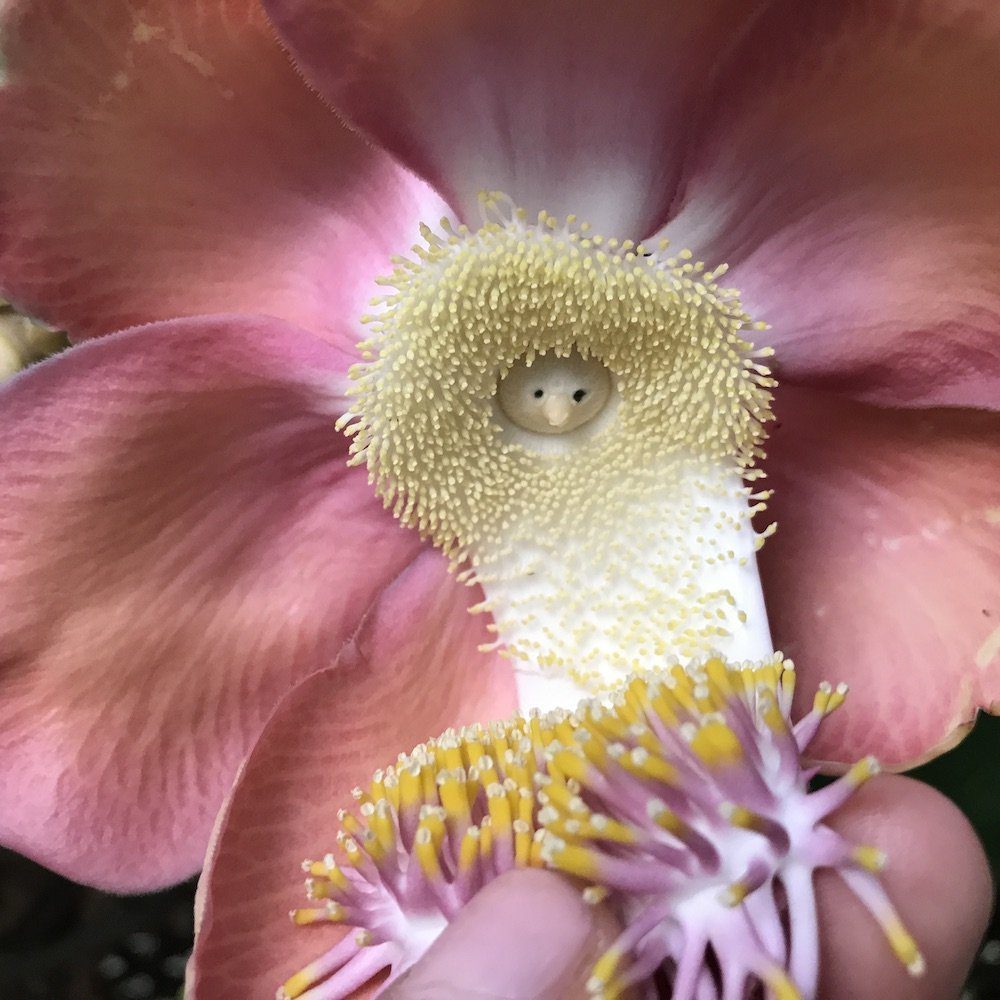
Biodynamic Growing – Roots And Soils
Moving down to the roots of plants, experienced growers know that the roots are really the “brains” of any plant. In Biodynamic Growing, Rudolph Steiner took that another step and described the roots more like the antennae of plants.
As we learn more about the importance of the microbial biome in soil, just as our microbial biomes in our body’s systems, we realize the profound interdependence between roots and soil. Roots need the nutrition found in soil for the development of its plant, and made bioavailable through the microbial life in the soil.
Soil needs roots to create structure in it, and to create what we call the “mychorhizzal web,” a thriving intelligent network of roots and biolife which connects plants and trees through the soil. It shuttles nutrition and information for as many as hundreds of miles through a field or forest floor. In the soil a community is created in which each part contributes to the whole and the whole provides for and protects each part.
We humbly stand to learn so much about our own selves and communities in observing how nature’s whole intelligence functions harmoniously with all the parts.
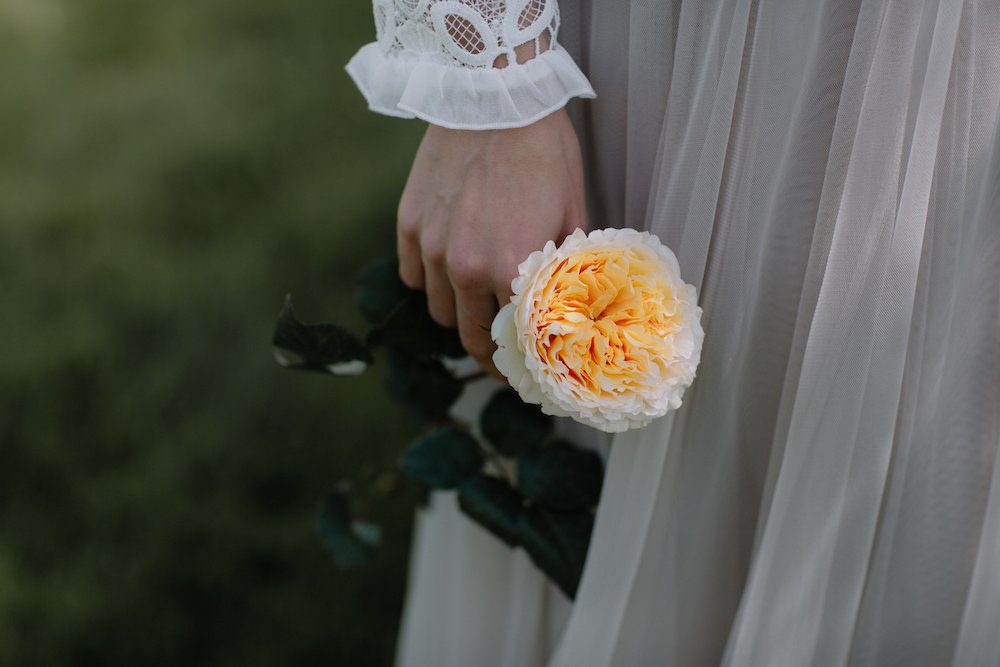
Floral Insights Across The Ages
Growing allows me to see into that life of all things, just as in 1798, when Wordsworth shared his experience, in “Lines Composed a Few Miles above Tintern Abbey:
“To them, I may have owed another gift,
Of aspect more sublime; that blessed mood,
In which the burthen of the mystery,
In which the heavy and the weary weight
Of all this unintelligible world,
Is lightened:—that serene and blessed mood,
In which the affections gently lead us on,—
Until the breath of this corporeal frame
And even the motion of our human blood
Almost suspended, we are laid asleep
In body, and become a living soul:
While with an eye made quiet by the power
Of harmony, and the deep power of joy,
We see into the life of things.
My walkabouts on my farm give me those suspended moments of becoming a “living soul,” and “with an eye made quiet by the power of harmony, and the deep power of joy,” I “see into the life of things.” Flowers are among the most powerful reminders of these simple and profound truths – that the whole is greater than the sum of all the parts and that each part is inextricably woven into the underlying and overarching whole. And that whole is never lost to any of its parts.
Spiritual Patterns Within Ourselves
These patterns we find in simple thoughts about plants and how they function prompt deep murmurings within our listening souls. We are born as human “beings,” not human “doings.” Our first purpose is to “be.” We all have this same wholeness of intelligence within us, and within our bodies. We can grow, bring forth life, heal, love, understand. We need to take those precious times to “smell the flowers,” to re”member” the whole of who we are as humans. We may not check off everything on our lists today or tomorrow, but we always must return to our whole source, our birthright to be, and to blossom.
Photo Credit: Pixabay except for David Austin Flowers for rose flower, Roberta Socolof for the orchid picture.
